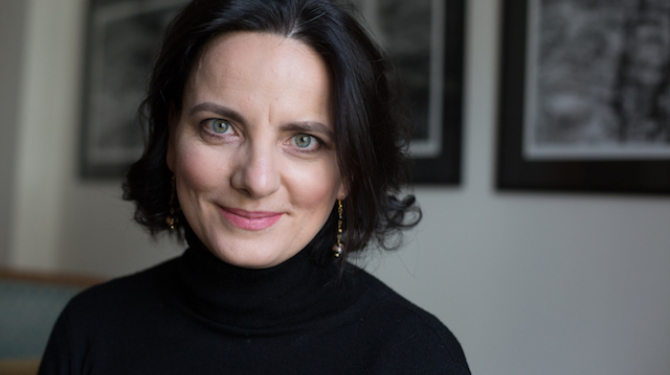Sign up for our free daily newsletter
YOUR PRIVACY - PLEASE READ CAREFULLY DATA PROTECTION STATEMENT
Below we explain how we will communicate with you. We set out how we use your data in our Privacy Policy.
Global City Media, and its associated brands will use the lawful basis of legitimate interests to use
the
contact details you have supplied to contact you regarding our publications, events, training,
reader
research, and other relevant information. We will always give you the option to opt out of our
marketing.
By clicking submit, you confirm that you understand and accept the Terms & Conditions and Privacy Policy
Major legal firms and the Law Society of England and Wales are embracing the Hidden Disabilities Sunflower, a globally recognised emblem that signals non-apparent disabilities. This initiative seeks to foster a more inclusive environment within the legal profession.
The sunflower, often displayed by a lanyard, is a tool for anyone who wants to indicate that they may need extra support or help, extra time and patience, understanding and kindness.
This coincides with UK Disability History Month and International Day for Persons with Disabilities. Clifford Chance and HSBC are co-hosting a panel discussion on the power of allyship and how this can help nurture an inclusive workplace at the firm’s offices on 9 December from 6pm.
Globally, more than one billion – or one in six – people live with a disability, and up to 80% of these disabilities are not immediately apparent. This event aims to raise awareness of the experiences of people with non-apparent disabilities, to encourage more allyship and to help stamp out stigma.
The panel will include speakers from Clifford Chance and HSBC discussing how they have embraced the Hidden Disabilities Sunflower initiative and its impact on their organisations to foster inclusivity and encourage allyship. Other law firms that support the initiative include Womble Bond Dickinson, which adopted it in July.
The event’s guest speaker, Celia Chartres-Aris – a disability campaigner and social media influencer – will share her experiences and insights on implementing inclusive practices and the power of allyship.
This event coincides with Disability History Month and the International Day of Persons with Disabilities, during which the Law Society of England and Wales is also intensifying efforts to promote diversity and inclusion. A spokesperson for the Law Society highlighted the importance of cultural inclusion, given that non-visible disabilities were often overlooked.
They added: “Workplace policies must be implemented to protect people with non-visible or non-apparent disabilities. We need allyship in the sector to ensure more people understand and advocate.”
Other measures firms could adopt, the spokesperson said, included reasonable workplace adjustments, access to training, resources and open communication, all of which would “support people with non-visible disabilities and create a diverse and dynamic workforce”.
The Disabled Solicitors Network and the Legal Services Board also support the initiative, indicating a broad support base across the legal sector.
Sarah Griffin, HSBC's head of diversity, equity and inclusion for the bank's global legal function, said: "As more disabled people enter the legal workforce it becomes ever more crucial to recognise and support those with non-apparent disabilities. The Sunflower is a subtle, yet powerful way to do this."
Nina Goswami, head of inclusion UK at Clifford Chance, added: "By practising allyship and embracing the Sunflower we could see more talent attracted to the legal profession. This collective allyship would demonstrate how we are working towards a more inclusive culture across the legal sector, where everyone feels seen, supported and valued."
The Women in Diversity in Law Awards, organised by this title, awarded the Law Society its Disability and/or Neurodiversity Initiative of the Year Award for 2024 in March for work in this field. Nominations for next year’s Women and Diversity in Law Awards closed for entries last week.
The next awards, to be held in March 2025, offer a chance to highlight the individuals and initiatives making a difference in diversity initiatives across the UK legal sector. More than 250 initial nominees were announced last month across 33 categories, showcasing the inspirational contribution women are making to the profession and addressing diversity, equity and inclusion more broadly by focusing on different strands.
Email your news and story ideas to: [email protected]











